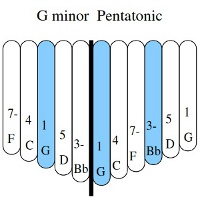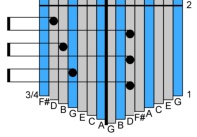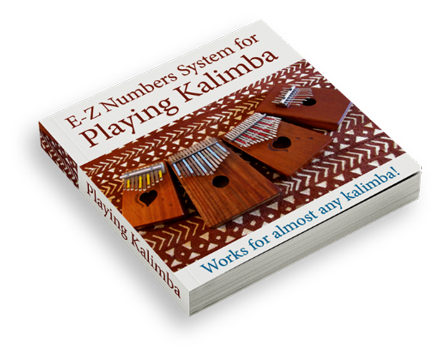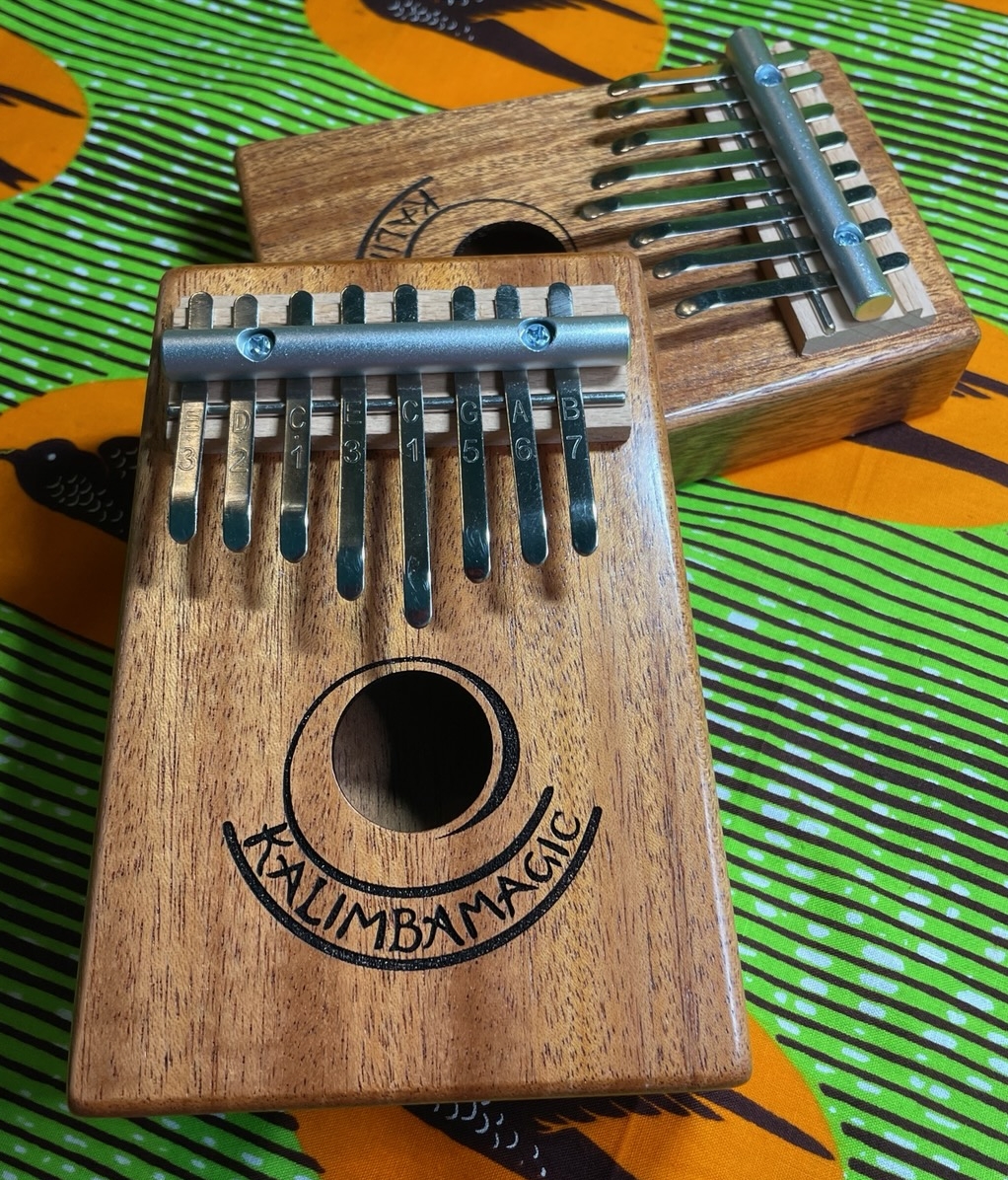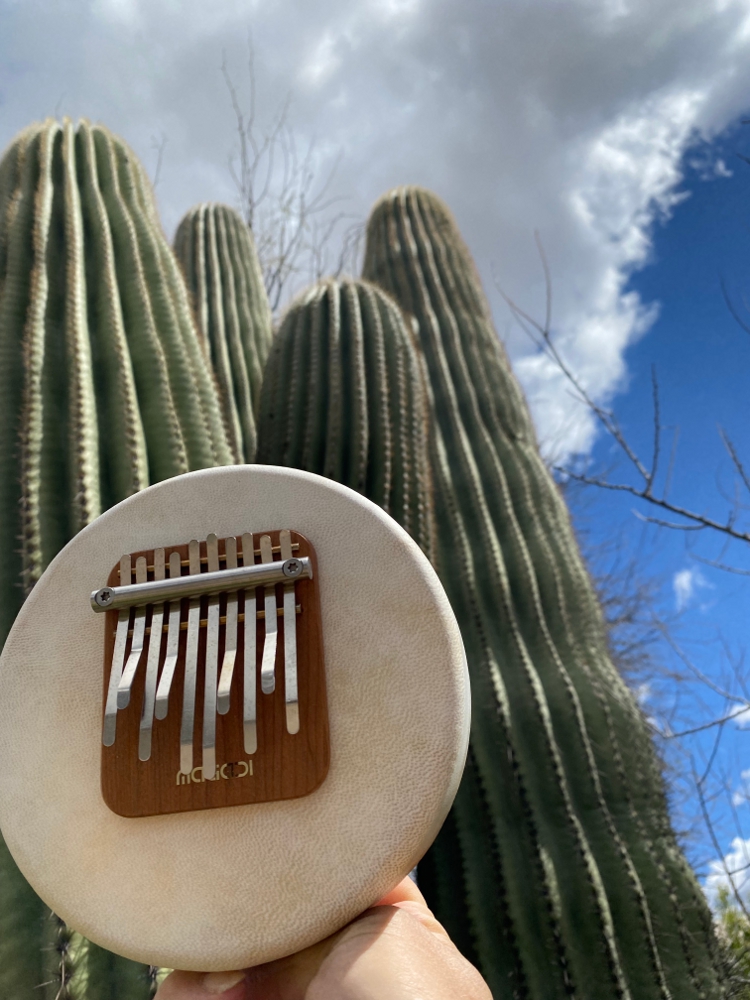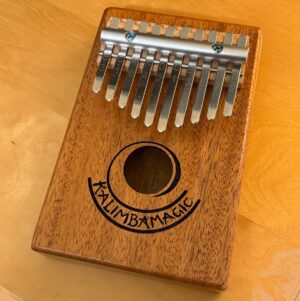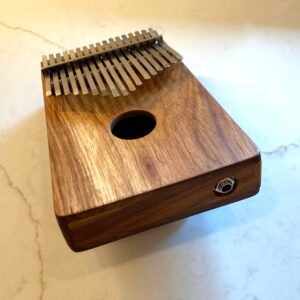
TIP: Free Blank Kalimba Tablature
Kalimba Tablature is a powerful way to save your kalimba ideas Tablature is an alternative to staff notation. Kalimba tablature is intuitive and easy to read. We provide blank tablature PDFs for 8-Note, 11-Note Pentatonic, 15-Note Alto, 17-Note Treble, and 17-Note Karimba. You can download them for free, print them out, and write notes on them detailing the kalimba riffs you make up. And if you don’t understand the rules for tablature, we can help with that too! Before we get into the blank tablature, you might want to brush up on the rules of tablature. The tablature is a map of the kalimba’s tines, stretched out from the bottom
